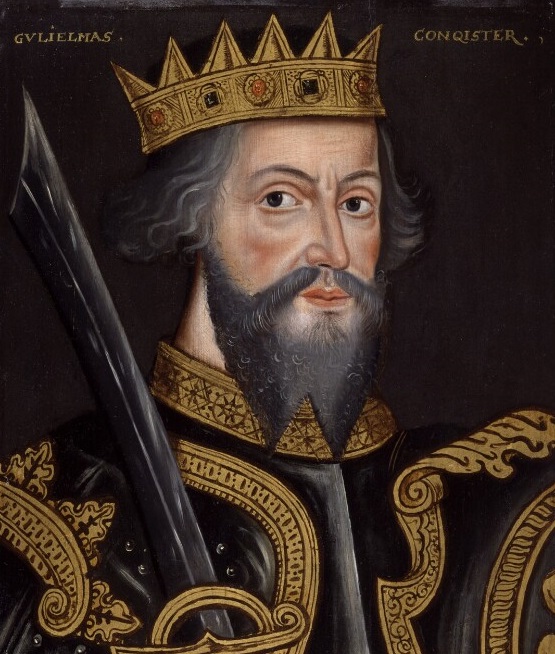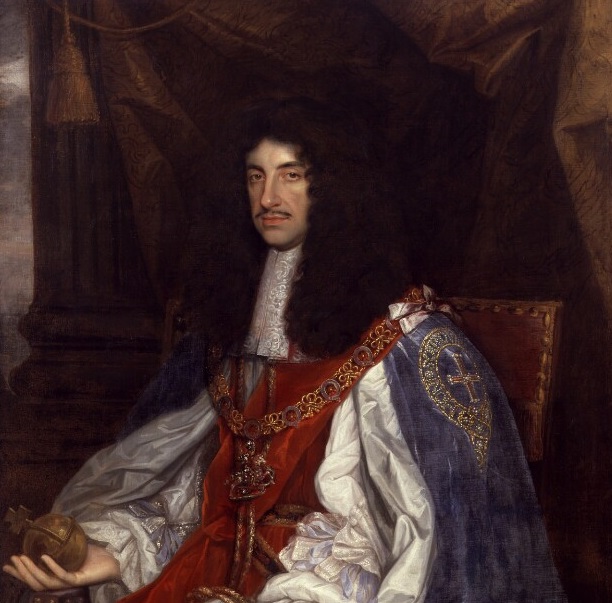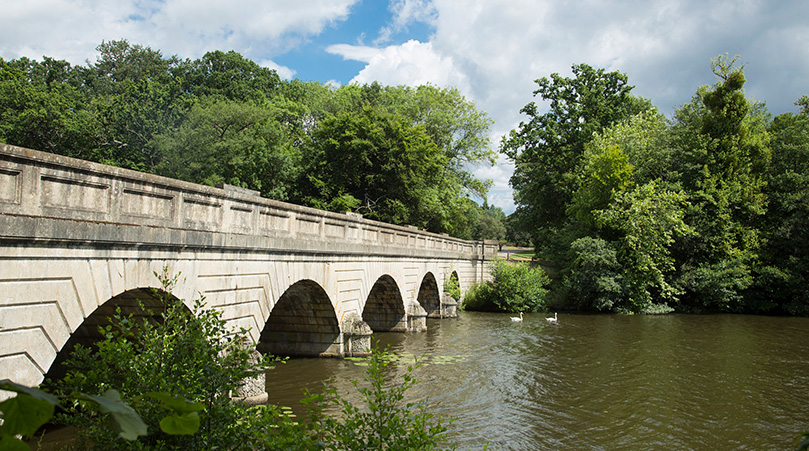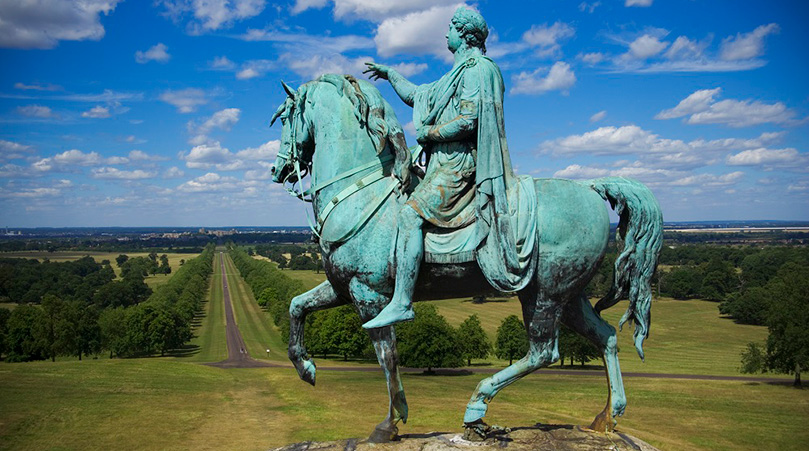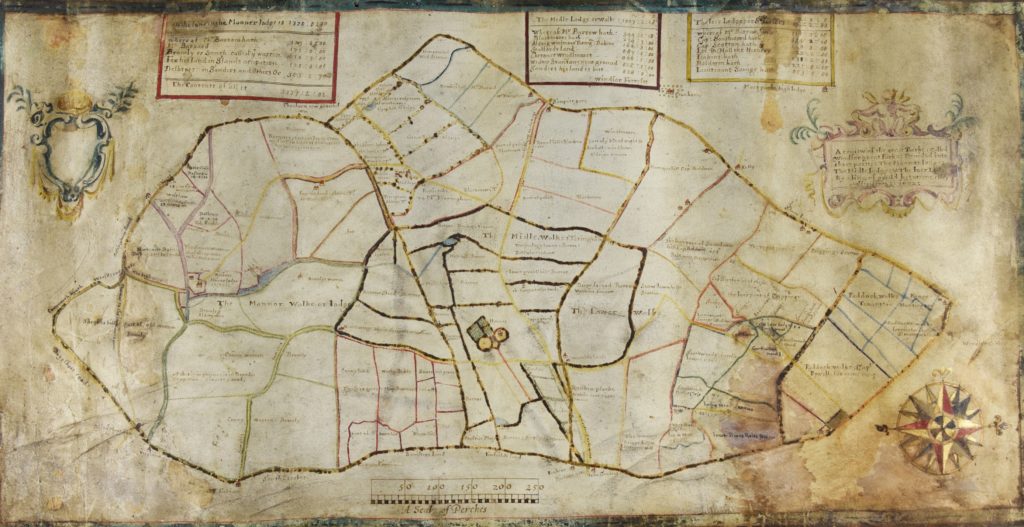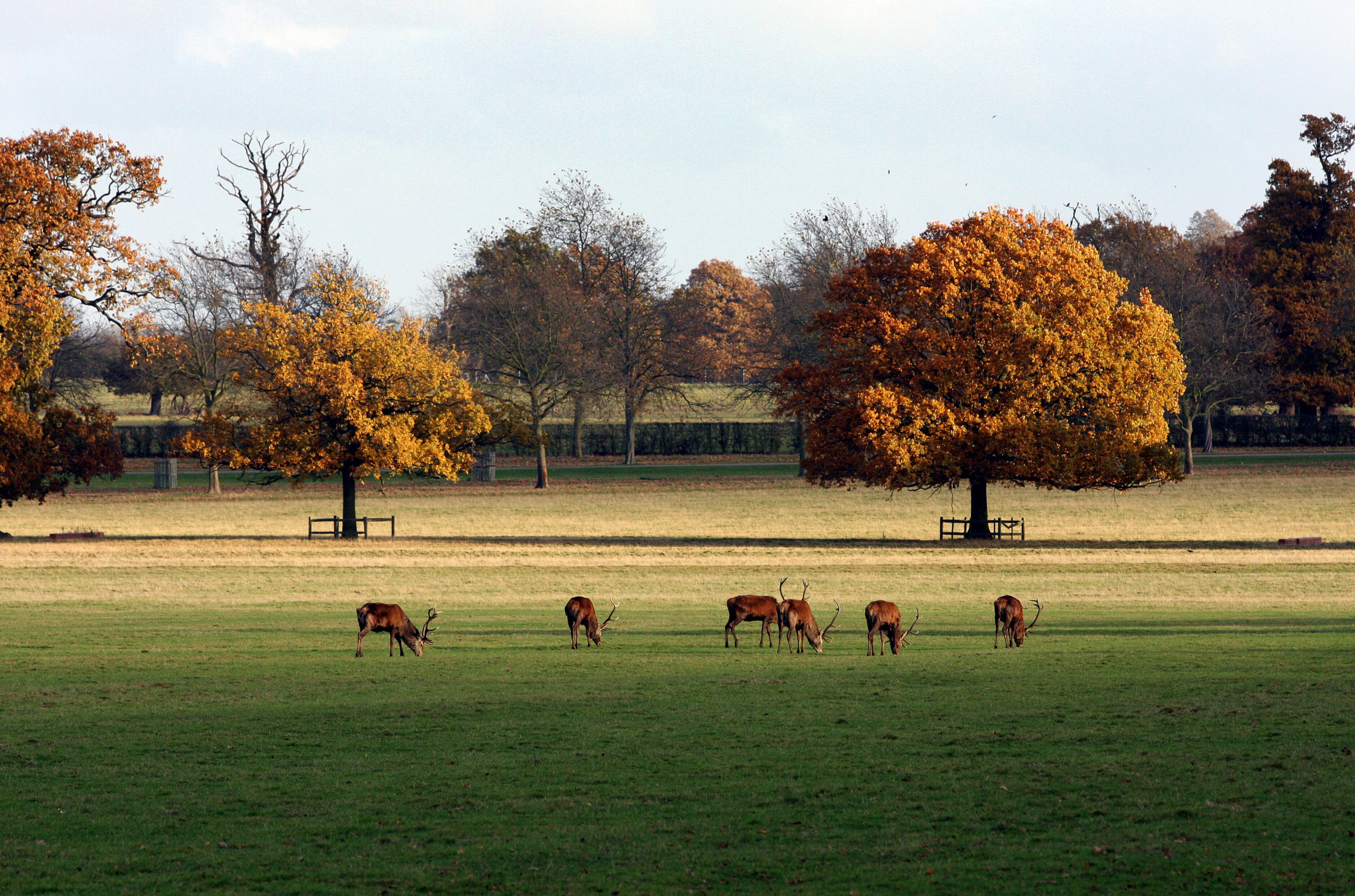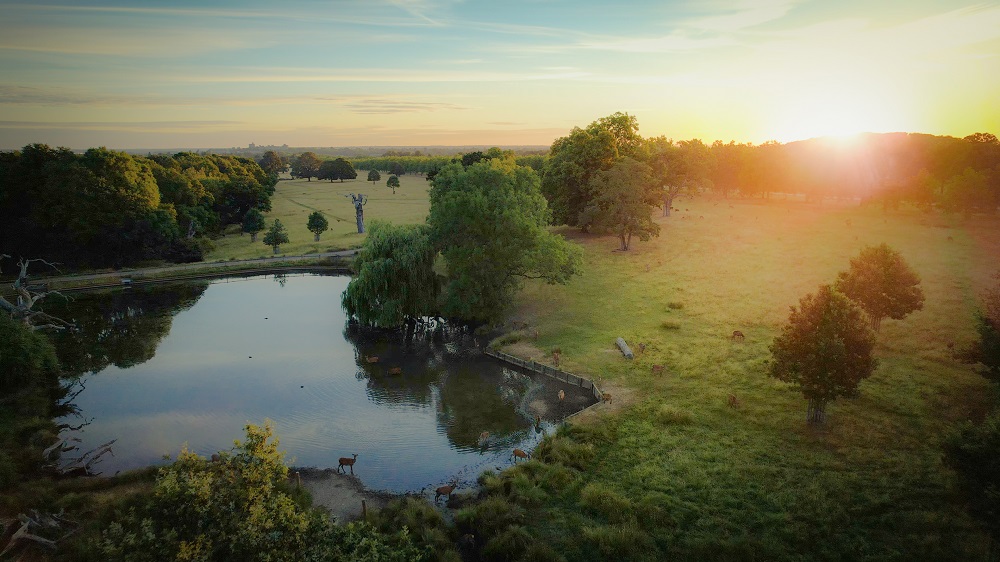
Our story
Windsor Great Park has witnessed countless events throughout history, dating back to pre-Saxon times, each of which has left its own distinctive mark on this impressive landscape. But it wasn’t until the 13th Century that the areas making up Windsor Great Park were properly defined, creating an incredible variety of landscapes across the 1,942 hectares (4,800 acres) that have grown and been developed over time.
There is a long line of Royal heritage at Windsor Great Park. From William I using the landscape as a hunting ground a thousand years ago, to the original planting of the Long Walk by Charles II, Queen Victoria entertaining on the shores of Virginia Water, to the stewardship of The Prince Philip, Duke of Edinburgh as Ranger of Windsor Great Park for nearly 70 years.
Learn more about our story below.
William I ‘The Conqueror’
Although the Forest of Windsor was already established in 1066, William I was the first monarch to see its potential as a royal hunting ground.
The word ‘forest’, or ‘foris’, originally meant an outside enclosure, so we know there was some sort of fencing before William’s time. But he was the first monarch to build a residence here, and larger hunting enclosures followed.
The Deer Park is part of William’s legacy, as are the outer walls of Windsor Castle which visitors to Windsor Great Park and Windsor can still experience today.
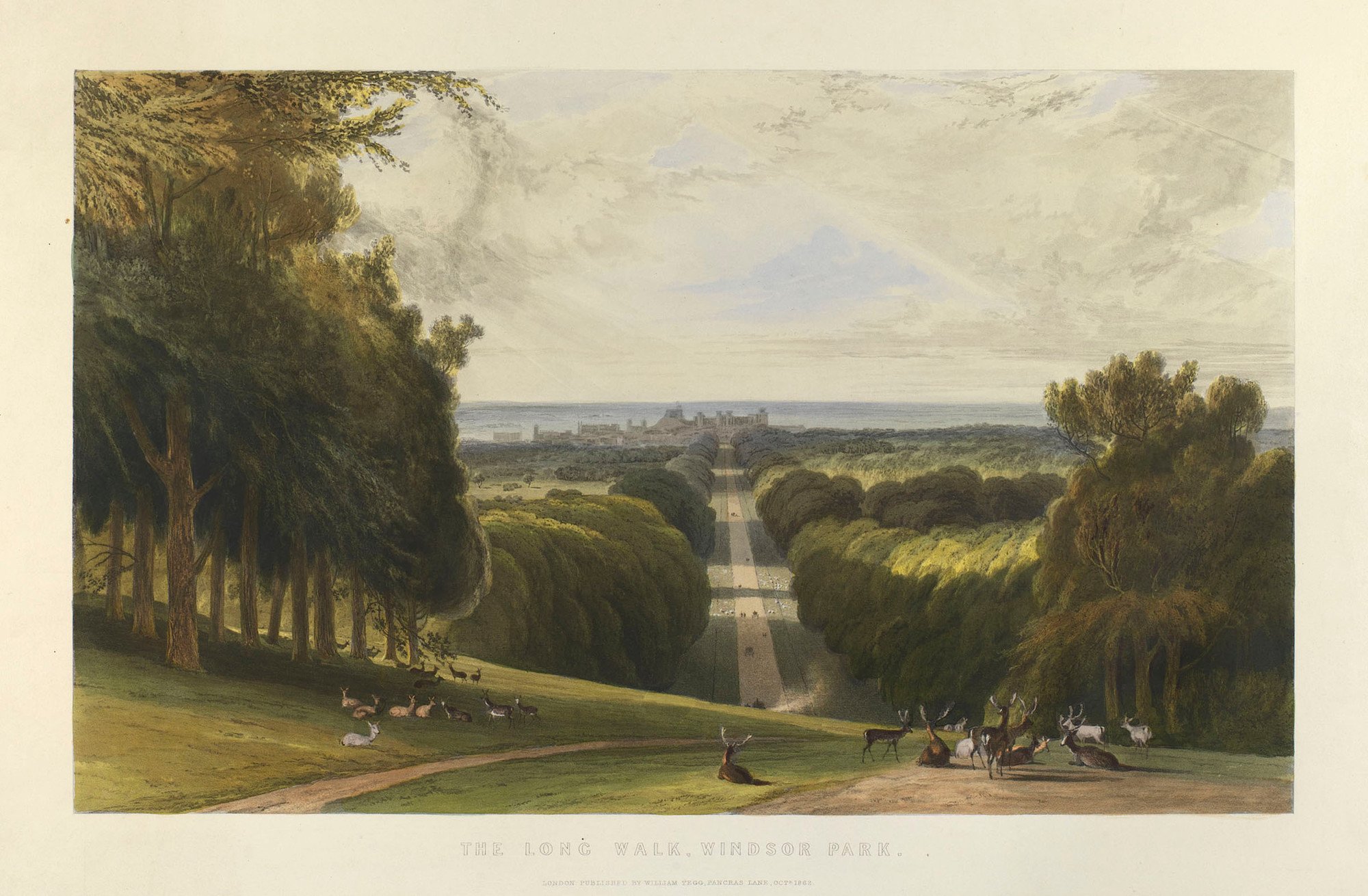
Royal Collection Trust, © His Majesty King Charles III
King Charles II
Windsor Great Park underwent significant changes following the Restoration of the Monarchy in the 17th Century, and many of the recognisable features that our visitors enjoy today originated during this period.
With the Restoration came the introduction of the formal avenues, most notably The Long Walk – an addition that was influenced by King Charles II’s fondness for French architecture.
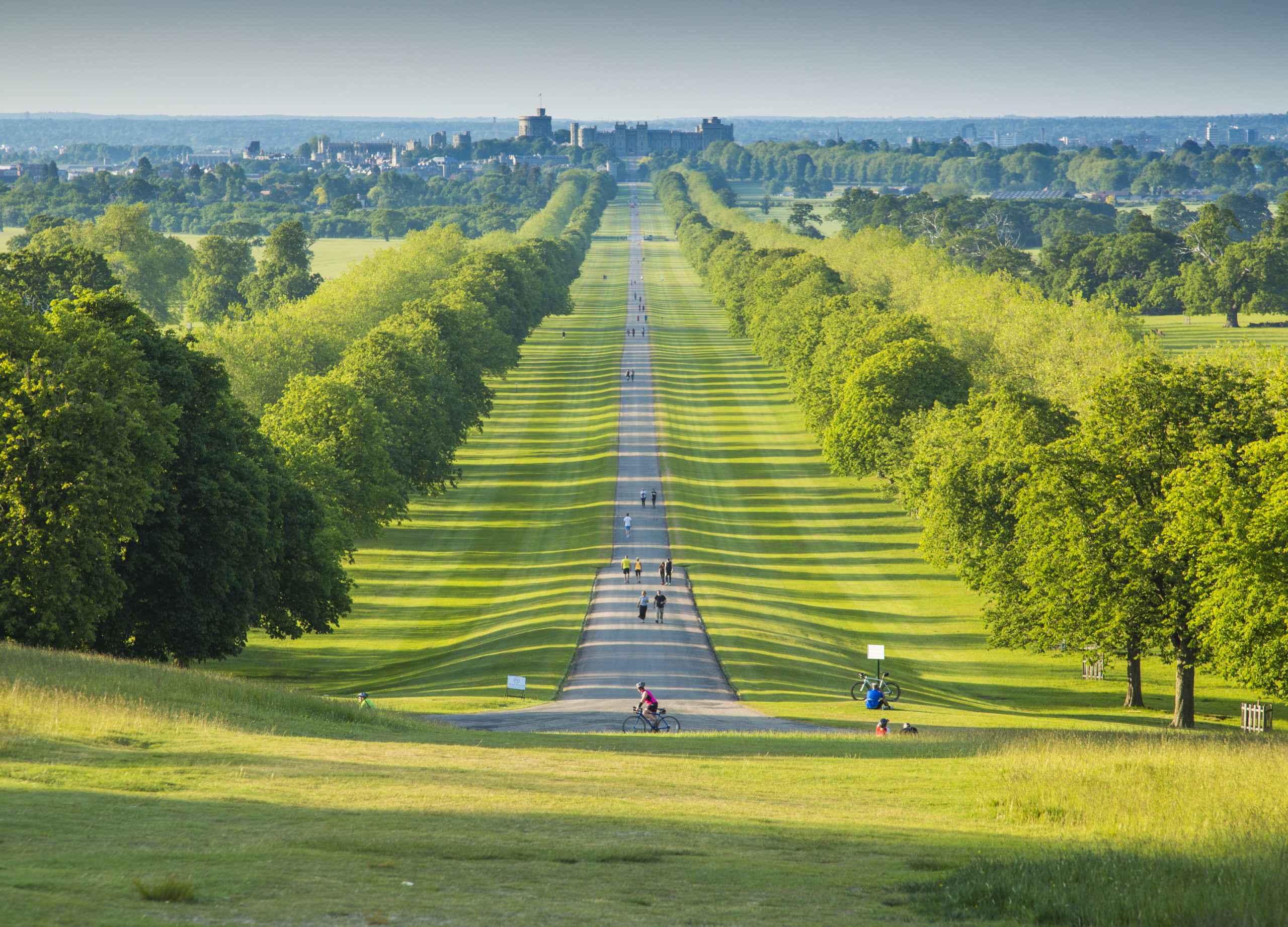
The Long Walk
The Duke of Cumberland
William Augustus, Duke of Cumberland, although not a monarch, was the youngest son of King George II and Ranger of Windsor Great Park from 1746.
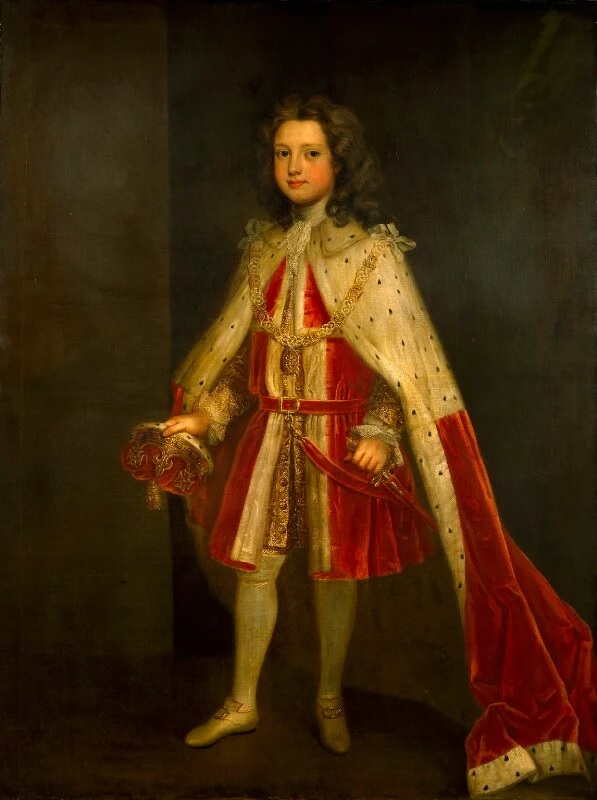
He was almost certainly responsible for the remodelling of the north end of Cumberland Lodge, at this time, home to the Ranger of Windsor Great Park.
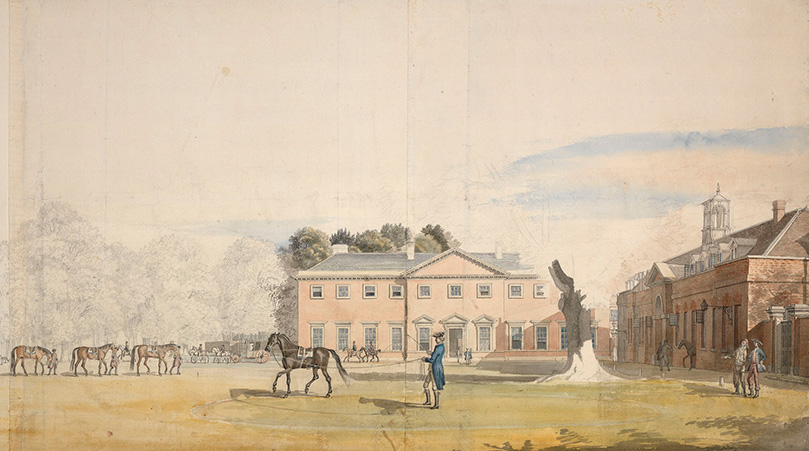
Cumberland Lodge. Royal Collection Trust, © His Majesty King Charles III
William also saw the opportunity to create something extraordinary near the hunting grounds of the Forest. With the help of architects Henry Flitcroft and John Vardy, as well as the topographical draughtsman Thomas Sandby, he conceived a royal pleasure ground of beauty, pageantry and spectacle. The result was Virginia Water, a project that began in 1752 and took almost 40 years to complete.
Aerial video of Virginia Water
King George IV
George IV continued the development in and around Virginia Water. With the help of architect Sir Jeffry Wyatville, he built a magnificent oriental fishing temple.
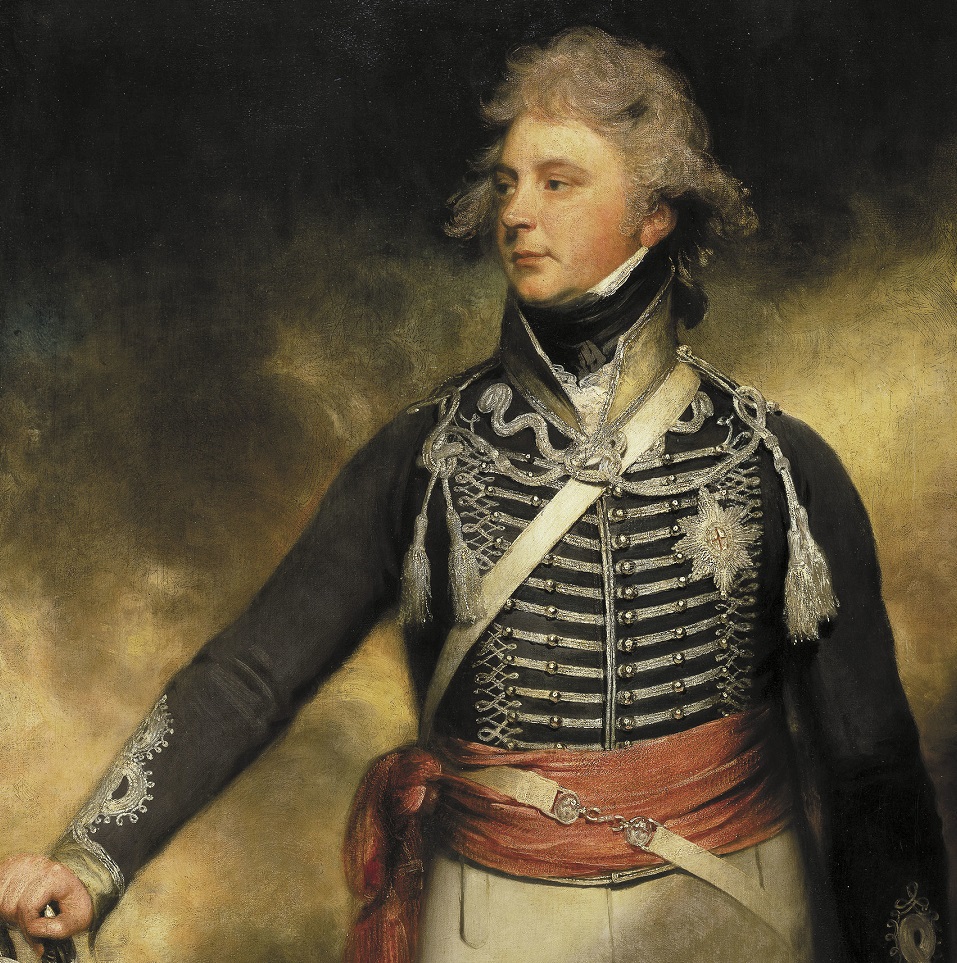
Royal Collection Trust, © His Majesty King Charles III
The temple is no longer there, but the legacy of George’s interest can still be seen in the Five Arch Bridge to the north of Virginia Water or the iconic Copper Horse statue he erected to his father, George III.
Queen Victoria and Prince Albert
Queen Victoria is known to have loved Virginia Water as a child, and enjoyed frequent picnics there after she became Queen.
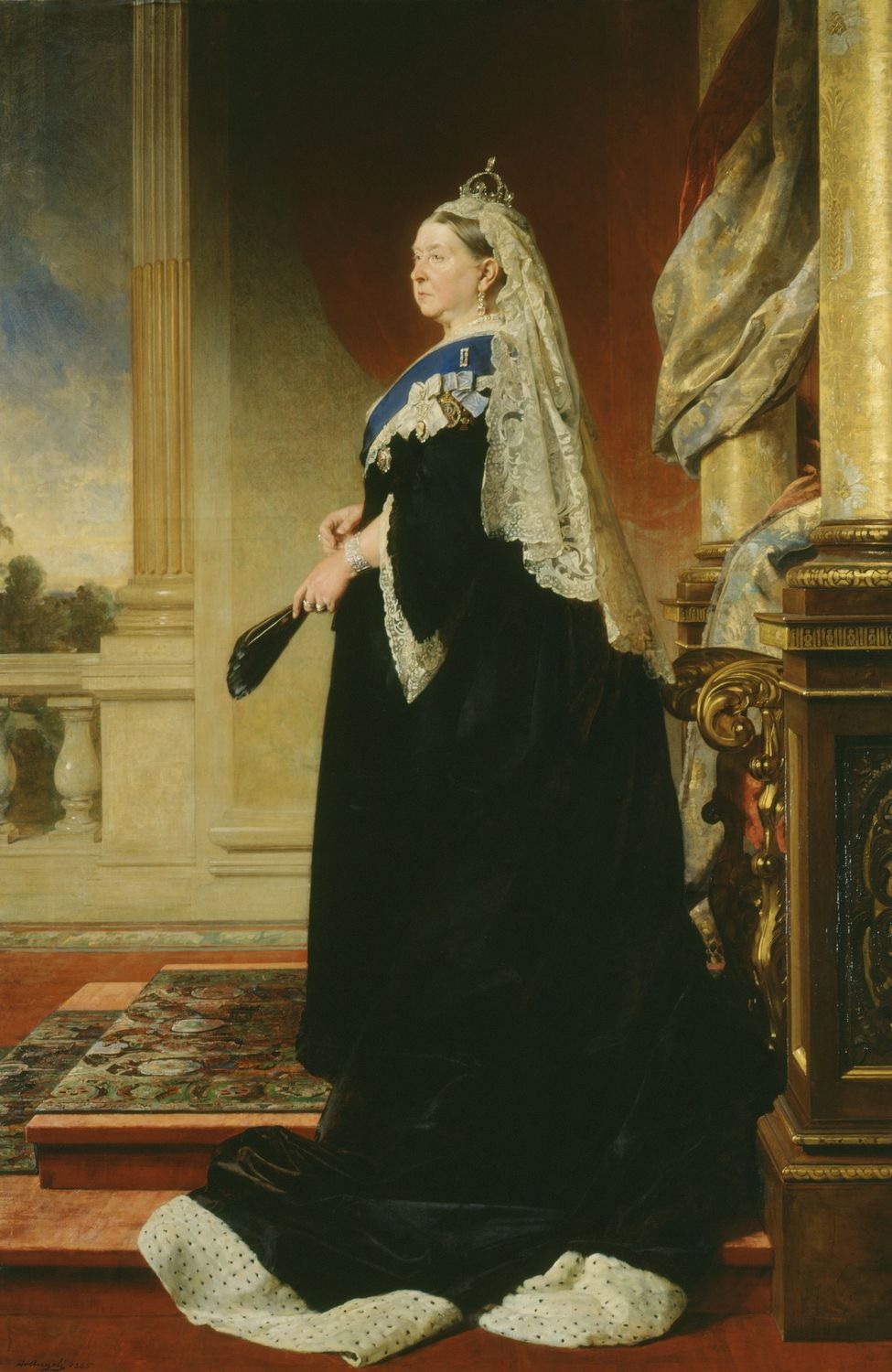
Royal Collection Trust , © His Majesty King Charles III
At the same time, Prince Albert committed himself to improving the living conditions of the Estate workers. To that end, he oversaw the building of cottages and the establishment of The Royal School, which is still used today.
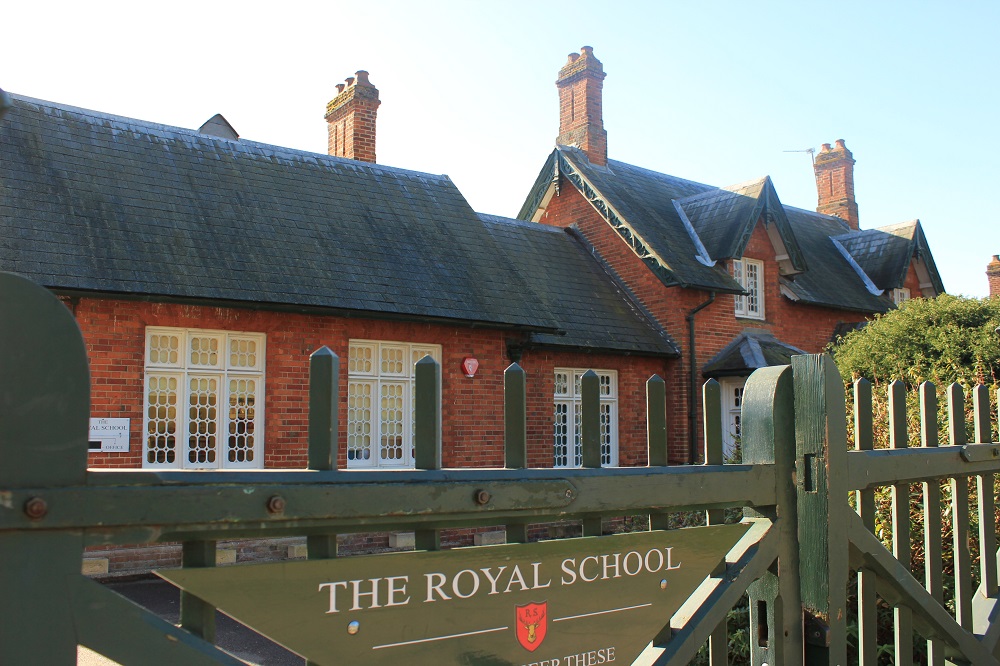
The Royal School
Queen Victoria unveiled a statue commemorating Prince Albert’s contribution to the Windsor Estate on 12 May 1890. The ceremony drew over 7,000 well-wishers and guests. Known as The Prince Consort Statue, it can be seen today at Smith’s Lawn.
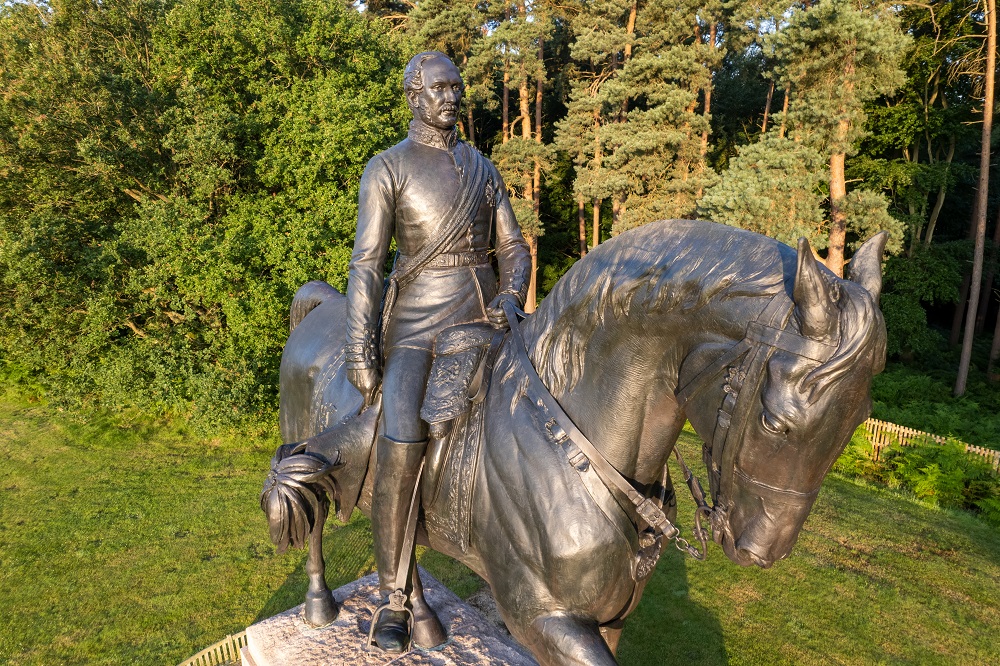
Prince Consort Statue
King George V
Commissioned by King George V and created by Eric Savill in 1932, The Savill Garden has delighted visitors ever since.
Previously the site of a plant nursery, the area’s abundance of natural water caught the eye of Eric Savill in 1931. He had recently become the Deputy Surveyor of the Crown Lands at the Windsor Estate and saw the opportunity to create Windsor Great Park’s first garden.
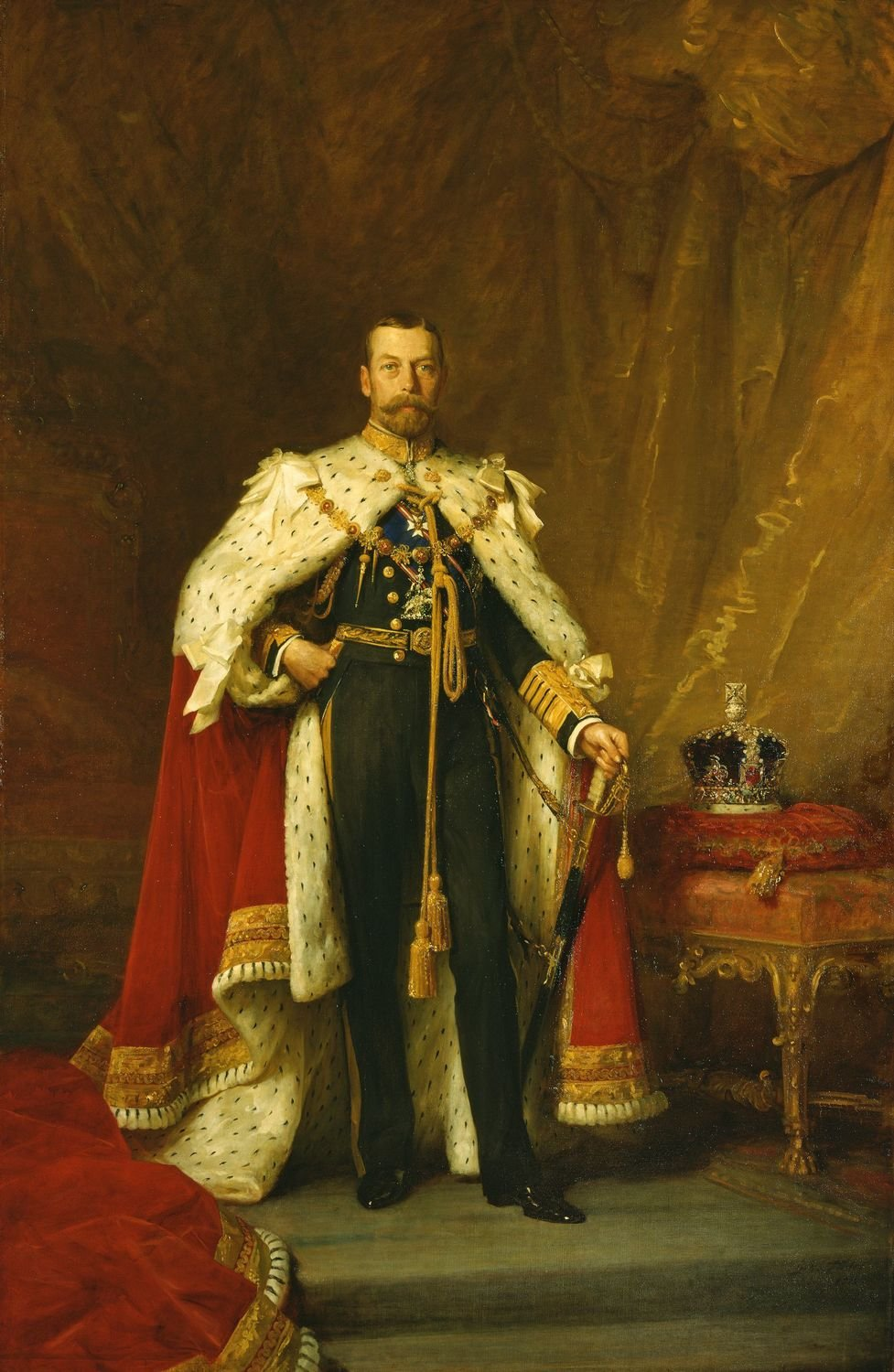
Royal Collection Trust, © His Majesty King Charles III
The following year, with the support of King George V and Queen Mary, Eric Savill set out to transform the landscape into the amazing garden we see today.
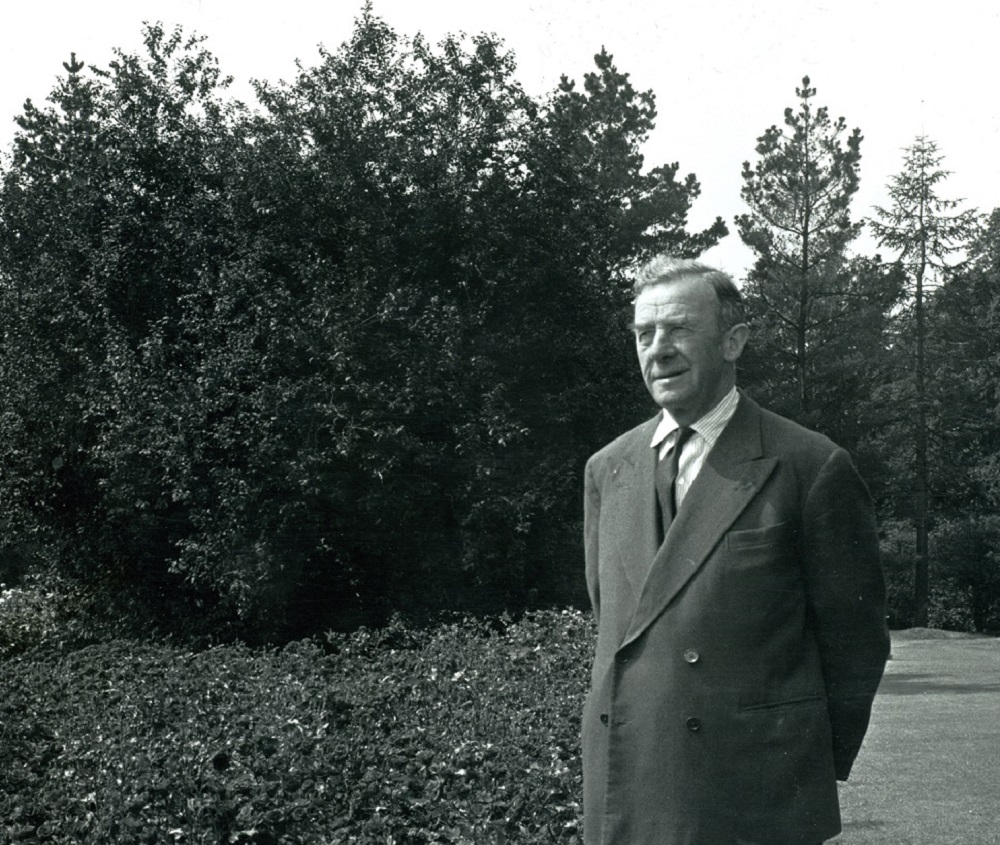
Eric Savill at The Savill Garden
The project was a huge success, with Savill’s design still shaping our experience ninety years later. Although it was initially called The Bog Garden because of the abundance of water, it was renamed in 1951 at the request of King George VI, to honour its creator, who was later knighted in 1955.
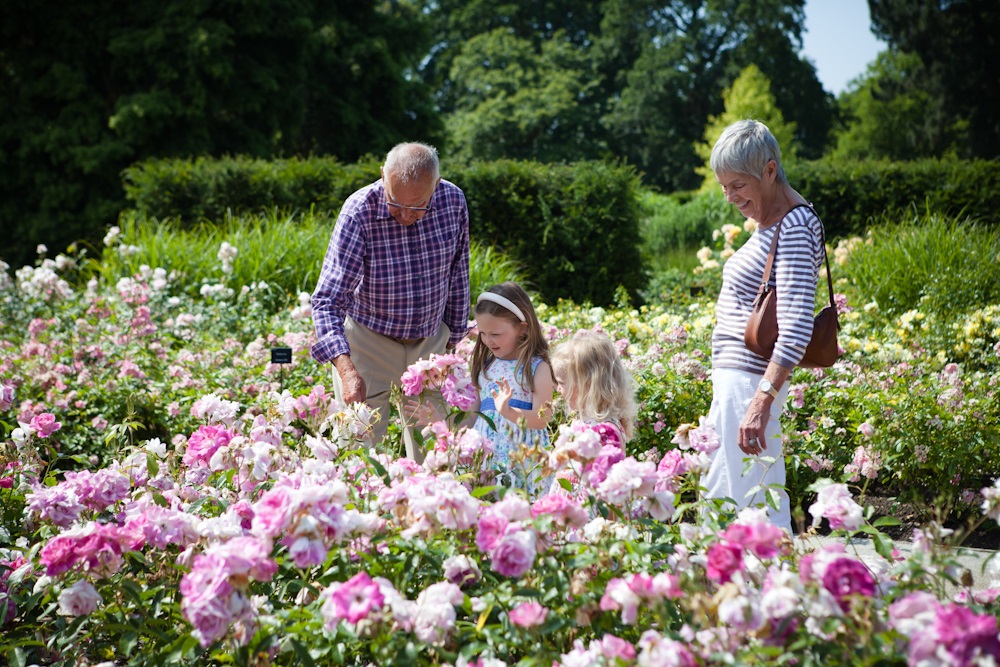
The Rose Garden at The Savill Garden
King George VI and Queen Elizabeth the Queen Mother
King George VI and Queen Elizabeth the Queen Mother moved into The Royal Lodge on the Windsor Estate as the Duke and Duchess of York in 1931.
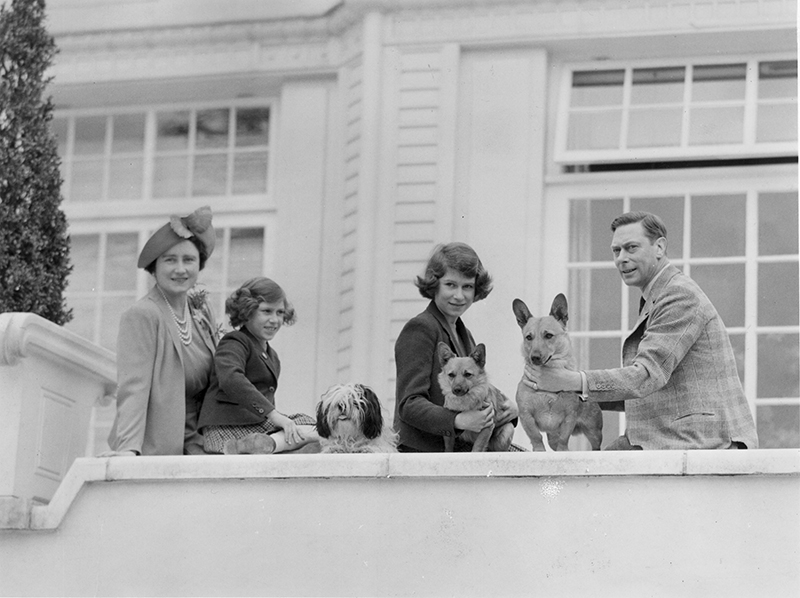
Left to right: Queen Elizabeth the Queen Mother, Princess Margaret Rose, Princess Elizabeth and George VI at Royal Lodge
On 19 June 1937, following his succession to the throne, King George VI planted the first of 60 oak trees to commemorate the coronation. Known as the King George VI Coronation Plantation, the 20 different species were planted by representatives from 59 Commonwealth countries and are placed in positions that correspond with the compass points at which the countries lie in relation to the British Isles.
The trees can be seen today as you walk from Cumberland Lodge to Cow Pond.
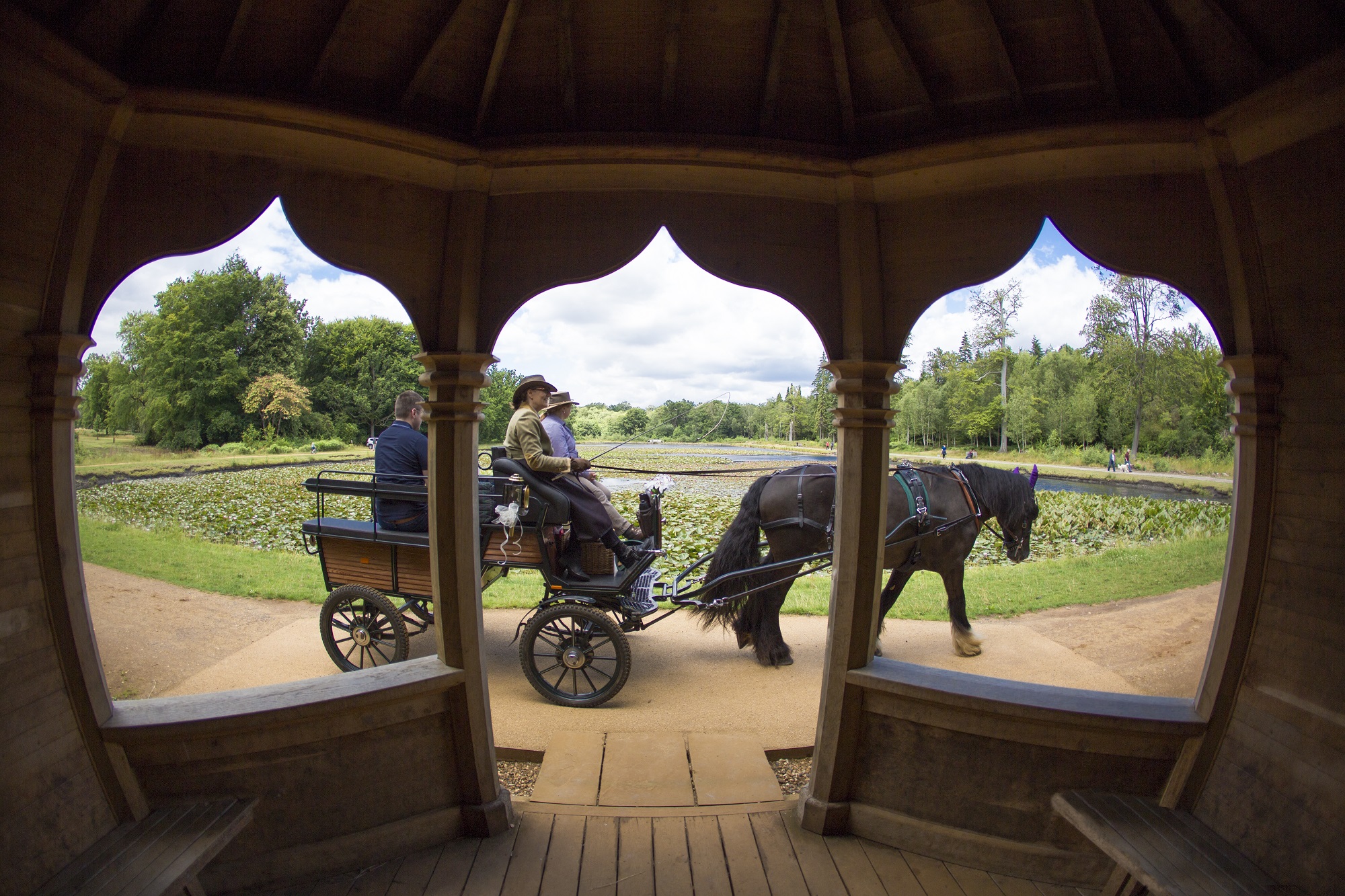
Cow Pond
Queen Elizabeth II and The Prince Philip, Duke of Edinburgh
Queen Elizabeth II was passionate about the countryside. During her lifetime, Windsor had a major influence on this passion, becoming the place that she called ‘home’.
Her Majesty had a significant impact on Windsor Great Park and the wider Estate as we know it today; supporting initiatives and projects that ensured it can be enjoyed by millions of visitors every year whilst maintaining it as a haven for wildlife and securing its future for generations to come.
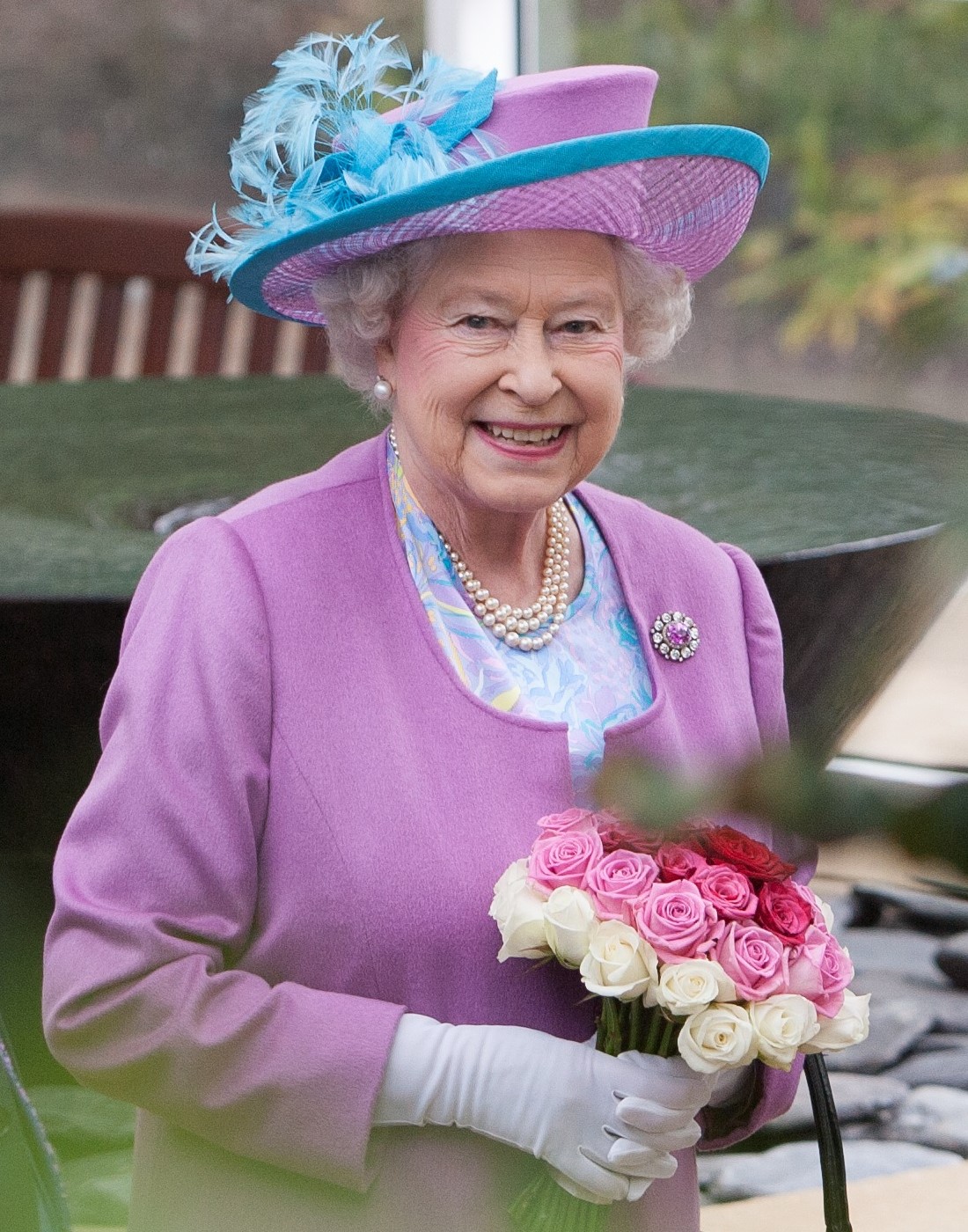
Queen Elizabeth II, The Temperate House, The Savill Garden
The Prince Philip, Duke of Edinburgh was the longest serving Ranger of Windsor Great Park, acting as steward for one of the nation’s most iconic landscapes for nearly 70 years. During this time, His Royal Highness became affectionately known to the Estate workers as simply ‘The Duke’.
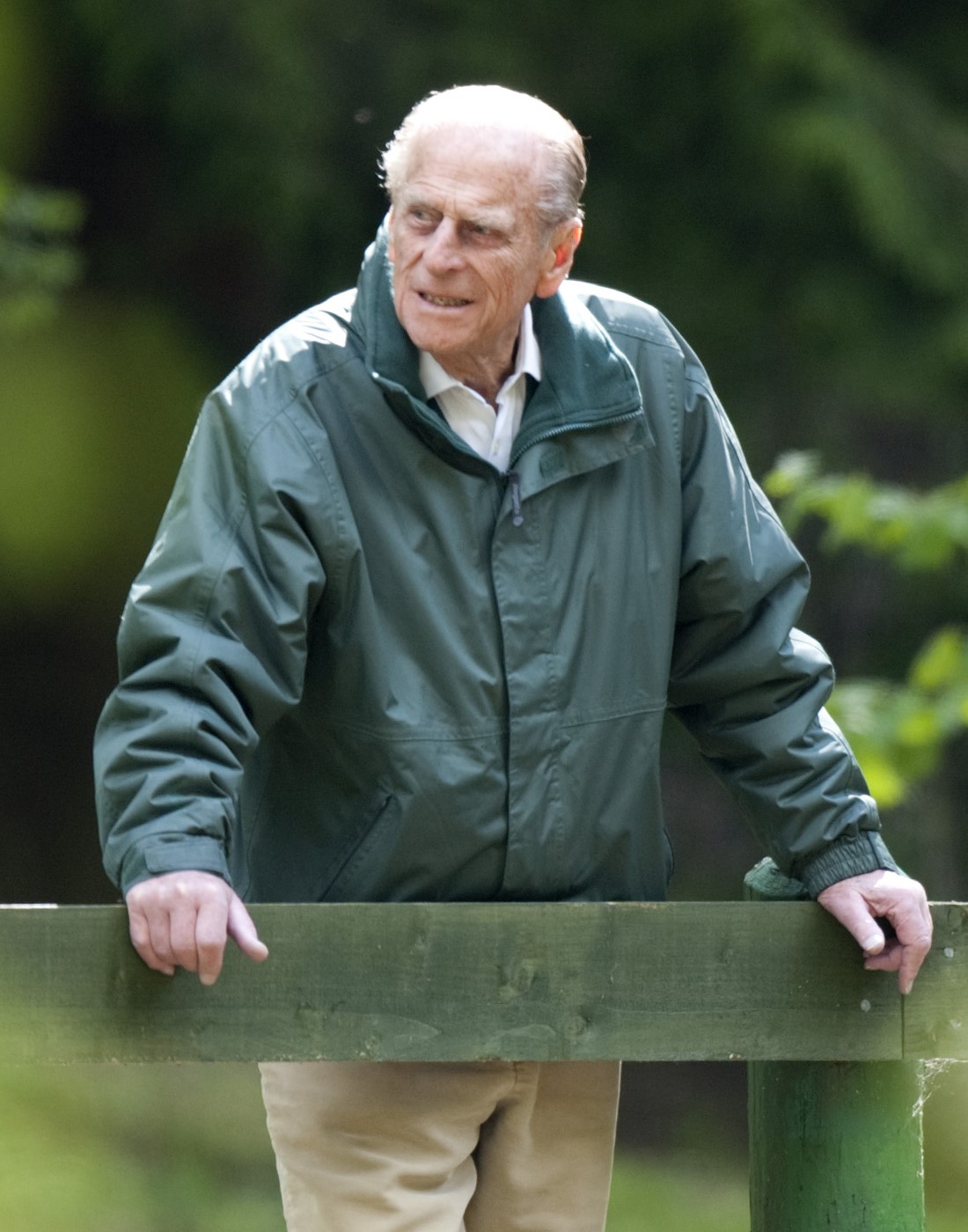
The Prince Philip, Duke of Edinburgh
His role began in 1952 when Queen Elizabeth II, as one of her very first acts following her accession, made him Ranger of Windsor Great Park. During his time in post, The Duke made an immense contribution to Windsor Great Park, working closely and actively with the team at The Crown Estate to ensure it is both protected and improved for generations to come.
His Majesty King Charles III
His Majesty King Charles III became The Ranger of Windsor Great Park on 14 November 2022, seventy years after his father, The Prince Philip, Duke of Edinburgh was appointed to the post.
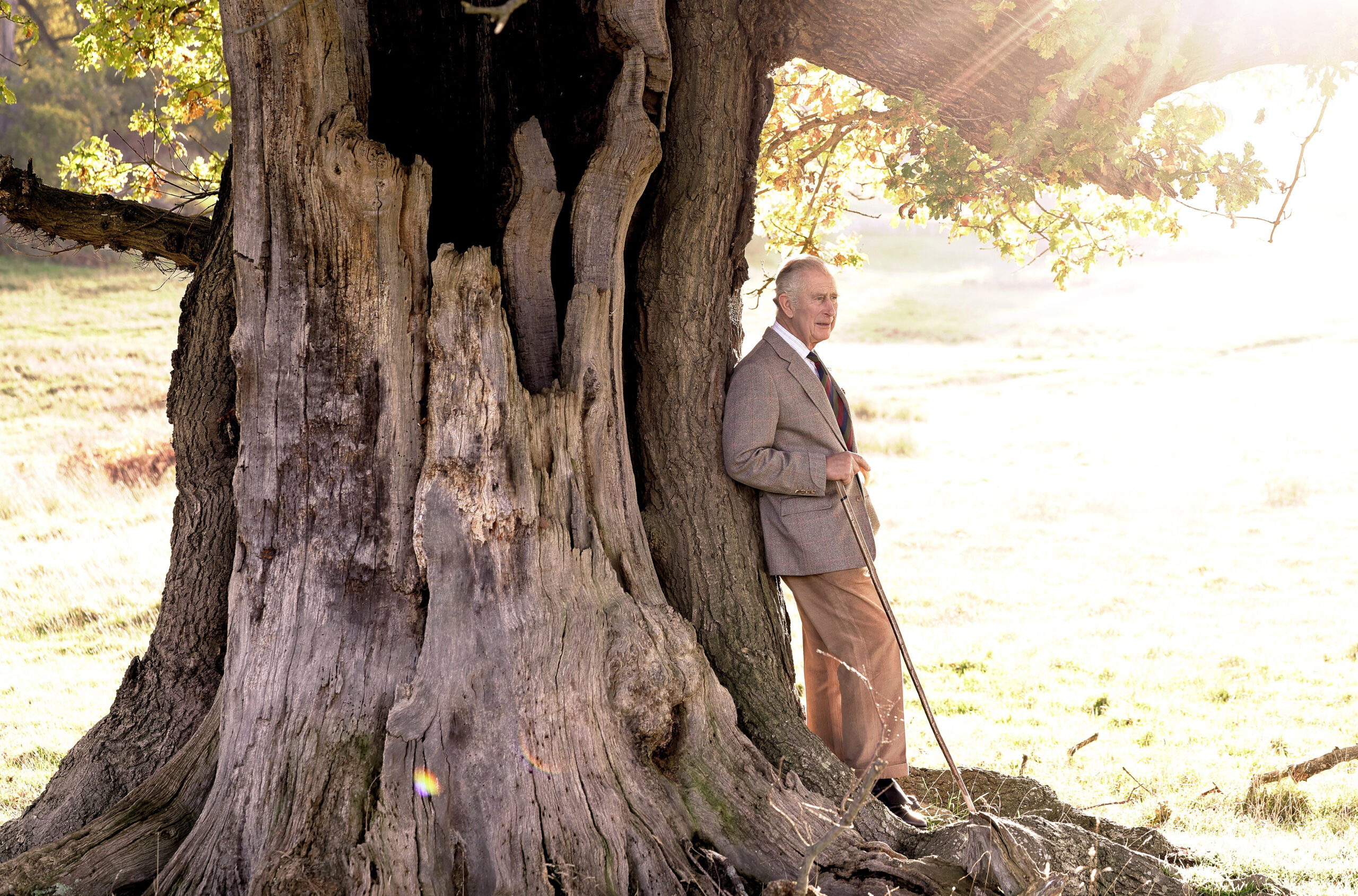
His Majesty King Charles III
Discover more
Explore other aspects of the Windsor Estate’s history.

